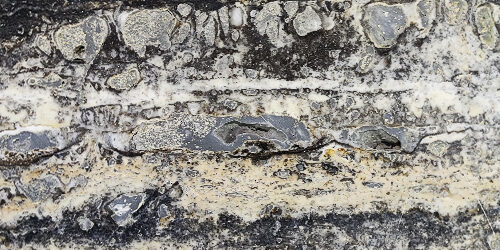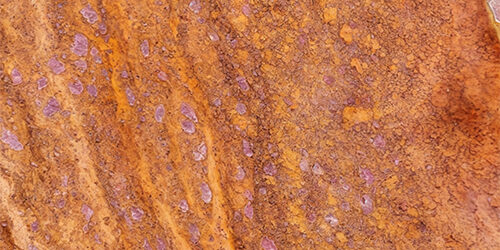
Best selection of Travertine stones.
Travertine is a type of limestone deposited by mineral springs, especially hot springs. It forms through rapid precipitation of calcium carbonate (CaCO₃), often containing voids and layers that give it a naturally textured appearance. It’s favored in both interior and exterior applications for its rustic charm.
Characteristics of travertine stone:
Sanding and polishing: after sanding, the travertine stone gradually becomes finer and can reach a high luster and a clear, shiny and bright surface can be obtained.
Water absorption: Travertine stones have moderate to low water absorption. For uses where the stone is in close proximity to moisture and water, it must be polished and sealed. In sealing, the hole in the stone is filled with materials such as resin to prevent water from penetrating the stone. In this case, with the passage of time, the stone will suffer less damage and decay.
Porosity: The common feature among travertine stones is their relatively high porosity. This feature causes their weight.
Other features of travertine include the following:
They have good abrasion and pressure resistance.
They have high density.
Most types of travertine have the ability to create bookmatch and formmatch frames.
The color of travertine is bright and eye-catching.
Travertine mines:
Iran is considered one of the most important producers of travertine stones. There are many different mines in Iran that extract travertine. After the processing process, many of them are exported to different countries. Travertine from quarries around the world varies not only in color but also in other factors such as the quality and depth of veining in the stone.
Travertine is found in hundreds of places around the world, but it is not mined in all areas. Tivoli in Italy has the first record of travertine mining. In fact, the word travertine is derived from the Latin tiburtinus meaning “of Tibur”, the original name of Tivoli. The ancient Romans called travertine lapis tiburtinos or “Tivoli stone”.
Applications of travertine stone:
Travertine stone is one of the most widely used stones in modern and classical architecture, and due to its chemical characteristics and color, it is the best option for the external architecture of the building. Because it has relatively high wear and pressure resistance and if they are sealed well, they last well in different weather conditions.
It is also used in the interior architecture of the building and is a suitable option for wall covering, flooring, columns, stairs, stone fences, space between floors, decorative products, lobbies and elevators.
Factors affecting the price of travertine stone:
According to your purpose in using travertine stone, various factors are important in the selection and price of this stone. Design and color are important and effective factors. The more pure the color of the stone, the brighter its color and the fewer streaks on the stone, the higher its price.
The cost of extraction, cutting and processing is also directly related to the price. Finishing and sealing, size and thickness, type of stone, quality grading, transportation cost and the possibility of creating book match and form match frames are other factors that affect its price.
How to inquire about the price, place an order, and ship:
To inquire about the price and to communicate with the colleagues of Bahar Collection, you can contact us through the communication methods mentioned in the “Contact Us” section. We do our best to be with you in all stages of the purchase.
Shipping and sending orders:
Bahar collection tries to deliver your orders safely. Therefore, the stones are well packed using metal and wooden pallets, and to prevent any impact, the bottom of the shipping containers and the empty space between the stones are covered with protective covers. And according to the distance to be traveled to the destination, it takes into account the necessary items in the packaging in the best way.











